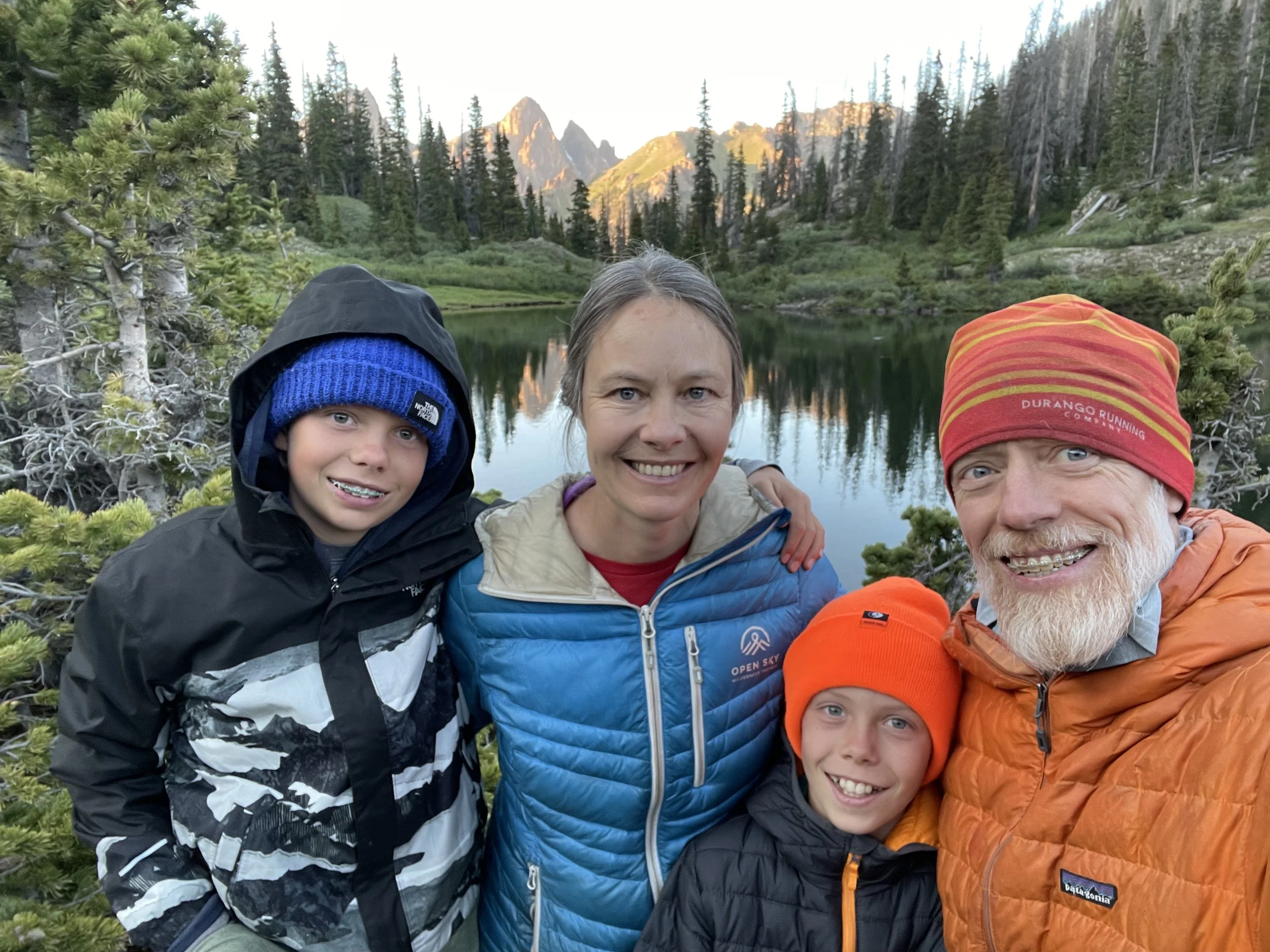The Leadership Behavior Almost No One Practices—But Should
My 360 report revealed a common but critical oversight.
“You know I can’t do that,” my wife said—part worried, part rhetorical.
Given all the effort I’d poured into planning our family backpacking trip, I felt the familiar wave of resentment and defensiveness creeping in.
The Best-Laid Plans (and Why They Sometimes Fail)
Since 2019, our family of four has taken a backpacking trip each year—leaving behind the comforts of civilization and heading into the wilderness. These trips are always a highlight. This time was our biggest adventure yet: six days in the San Juan Mountains.
I spent days researching routes, gear, meals, and planning peak ascents and swimming spots—thinking, the kids are older now, we can do more. I even asked each family member what they hoped to get from the trip.
But when I shared the detailed plan, my wife wasn’t just unimpressed—she looked a bit disgusted.
I paused. This is a family trip, I reminded myself. Not a solo mission.
Leadership Lessons From the Trail
What helped me step back from defensiveness?
Something I’d recently learned during a leadership coaching certification. As part of the training, I completed a 360 feedback assessment based on The Leadership Challenge—a research-backed tool that identifies 30 essential leadership behaviors.
Out of all 30 behaviors, guess what landed dead last for me?
“Asks for feedback on how their actions affect other people’s performance.”
It was a jarring insight—both unfamiliar and completely true. And I couldn’t stop thinking about it.
“You’re not alone…”
Our facilitator told us this behavior—asking for honest feedback from direct reports, peers, and managers—is the least practiced among leaders globally.
Yet, in a 2019 study titled “There Is No Feedback Fallacy,” researchers found that: Leaders who seek feedback are rated 4x more effective than those who don’t. Four times. That’s not a rounding error. That’s transformational.
Back to the Mountains
So, I revised the trip plan with my wife’s feedback. She was slightly more on board—and off we went.
As expected, things didn’t go quite as planned. On day one, a “trail” turned out to be more like a tangle of alder fit for marmots. By day four, after long days and high elevation fatigue, we arrived at a peaceful creek just after lunch for a brief break.
I checked the map, eager to press on toward a remote lake. But I looked up and saw my wife lying on the bank—exhausted. The boys were barefoot in the water, joyfully racing stick boats downstream.
I paused. I asked for feedback.
Their vote was unanimous: let’s stay!
And it was the best decision I could’ve made.
We rested, reconnected, and I even carved out time to hike solo to our original destination Marie Lake. Around the dinner table a few days later reflecting on our trip, we all named that day as highlight.
Family portrait after layover day with San Juan's iconic peaks reflecting off majestic Emerald Lake.
Leading Isn’t About Having the Best Plan
It’s about listening. Being flexible. Asking for input—even when it’s uncomfortable. That kind of humility doesn’t always come naturally, but when practiced, it changes everything.
Leadership Can be Lonely but You Don’t Have to Go it Alone
Leadership is an unpredictable and challenging journey. The pressure is high. The stakes are real. And, you don’t have to do it alone.
Leadership coaching changed the game for me. It helped me move from feeling embattled to feeling empowered. And now, I support other leaders getting unstuck. The work is unrelenting, unforgiving and often lonely. Feel grounded and find joy again while leading authentically.
Let’s talk.
Message me if you’re ready to explore how leadership coaching grounded in an evidence-based approach can help you lead with more clarity, joy, and confidence.



